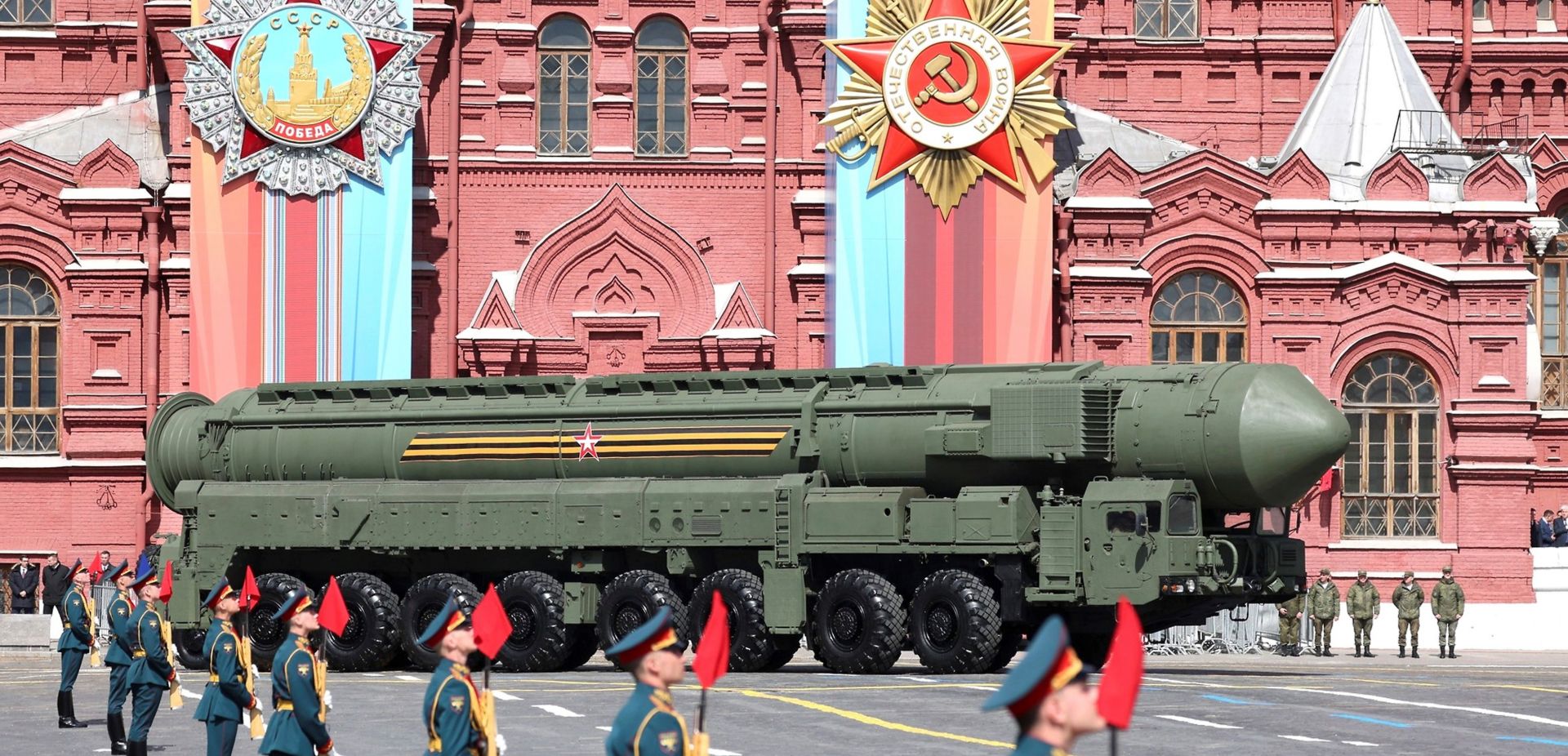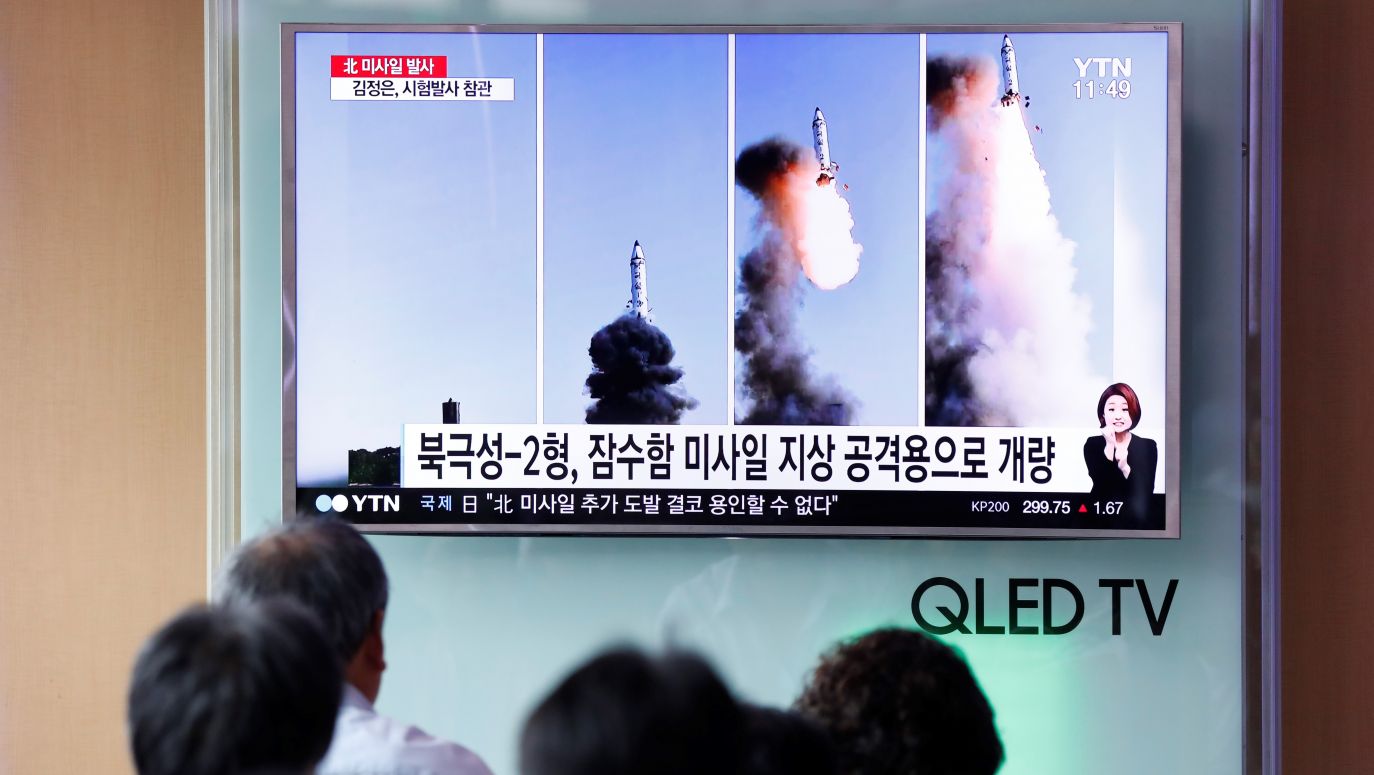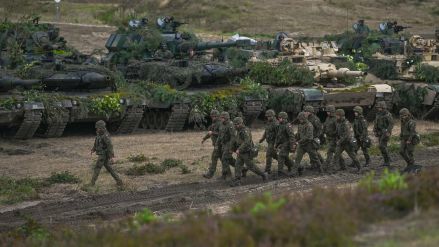The second group of trends gathered under the general theme of credibility pertains to the resilience of alliance cooperation against various external and internal factors. This involves political and military cooperation, including the sale of conventional weapons and ammunition, as well as the deployment of strategic US assets, namely nuclear weapons, in a manner that meets the expectations of allies. This will occur under conditions of significant organisational stress and may be accompanied by, to use phrasing from the report, “heightened rhetoric.”
Finally, there are issues defined as communication-related but of a different nature than the aforementioned disinformation. It is worth quoting precisely: “Misleading and ambiguous notification due to constant, diverse communication from allies and adversaries through various private and public channels. Increased nuclear threats and blackmail, even during crises.”
The question of good-heartedness
It is worth noting in passing that this is a field in which there is a strong temptation to employ artificial intelligence mechanisms, which can lead to decisions based on algorithmic actions that may be accurate but not derived from humans and not subject to accountability-related controls.
 SIGN UP TO OUR PAGE
SIGN UP TO OUR PAGE 
Humans certainly reason more slowly than algorithms but possess the ability to reflect on the consequences of their actions, sometimes in an irrational yet ultimately valuable manner. In one of his stories, Stanisław Lem wrote about “good-heartedness” triumphing over the intellectual precision of automatons.
Concerns about basing military decisions on the suggestions of artificial intelligence have recently been reflected in a scientific book in which the author described, among other things, a hypothetical scenario of a US-China nuclear conflict caused by both sides entrusting decisions to algorithms, as well as the actions of AI-driven bots producing and spreading false information, including deepfakes. Who knows, perhaps the author, James Johnson from the University of Aberdeen, was a member of the panel of experts who helped create the CSIS report, as it eerily resembles the situation portrayed in the report I have before me.
US military officials currently have no plans to implement artificial intelligence in combat operations. Earlier this year, Matt Turek, the Deputy Director of the renowned agency DARPA, which is known for its contributions to the creation of the Internet, stated that they are impressed by the capabilities of AI but “it still does not exhibit the level of certainty necessary to entrust it with decisions that impact the life and death of people.”
It remains unknown whether military officials in China, Russia, North Korea, India, or Israel have reached the same conclusion. However, since the CSIS report does not mention the use of artificial intelligence for nuclear decision-making among the emerging threats, it is possible that methods of operation have already been developed to harness its power and rapid situational assessment capabilities while safeguarding against hasty judgments. However, it is not easy for me to envision how this would be achieved.
Sanctions and condemnation
I will not delve into a detailed discussion of the scenarios presented by American experts based on the analysis of trends identified by the panel of experts. What is important in each of these scenarios is that it will not be nuclear technology that decides but rather people. And not necessarily the leaders of nuclear-armed countries, as we commonly imagine, but also those who are threatened by such weapons and may seek to acquire them for their own countries.
Because in the 21st century, it is not that difficult. The technologies are known, and there are many countries on either side of the divide that would be willing to provide nuclear weapons for money or influence. The only significant barrier is international condemnation and potential sanctions that impair technological capabilities.
However, sanctions have significantly lost their value, and their significance is diminishing. They are no longer perceived as a just reaction by the international community to the behaviour of rogue states but rather as a tool of political struggle. Even something seemingly obvious, like imposing sanctions on Russia as an aggressor in the war with Ukraine, is viewed by a number of countries as a Western political initiative and simply ignored by economic powerhouses like China or India. Therefore, a country seeking to acquire nuclear weapons could, depending on the political configuration, count on economic support from many nations.
However, international condemnation, as exemplified by the recent condemnation of Russia at the United Nations, can be mitigated when nuclear weapons start to proliferate, and countries threatened by their neighbours argue that they need them for defence against direct threats. Saudi Arabia, for example, could use such an argument when Iran finally declares that it has acquired nuclear weapons.
South Korea recently made use of a similar argument when faced with a threat from the regime in the North. The country began serious discussions about acquiring nuclear weapons, and a public opinion survey showed that 70% of Koreans wanted their country to possess them. The United States had to provide Seoul with serious and expanded assurances, which were announced at the end of April 2023 during President Yoon Suk Yeol’s visit to the White House.
In return, Korea pledged to abandon any intention to produce nuclear weapons. However, it can be expected that the issue will resurface, as North Korea poses not only a regional but also a global threat. With intercontinental ballistic missiles in its possession, North Korea’s attack on US territory is a real possibility. In such a scenario, it will be much more difficult for Americans to explain the rationale behind defending countries in Southeast Asia when retaliation could reach Los Angeles.
Europe and Asia must understand each other
The conclusions of the panel that created the CSIS report indicate that the key factor conducive to peaceful and controlled development in the upcoming decade will be good alliance cooperation. But what does “good” mean? On one hand, it means that the American hegemon needs to rid itself of its tendency to treat allies condescendingly (which the report openly and sincerely mentions). On the other hand, European and Asian allies need to recognize that they are not competitors to each other and should cooperate. The aim is to avoid a situation where European (and NATO) allies of the United States view with concern Washington’s shift in strategic focus towards competition with China and demand defence against Russia.
On the other hand, Asian allies (and Australia), bound to the United States by much looser alliances than NATO, may feel concerned about signs of US engagement in defending Europe and may want to independently acquire deterrent weapons. In such a scenario, the Treaty on Non-Proliferation would become a dead document, and we would be one step away from a world where nuclear weapons are as widespread as conventional weapons. The probability of their use would also increase disproportionately, and one could say that it would only be a matter of time.
Among the signs indicating the development of the situation in this direction, the report mentions increased armament, including non-nuclear armament, heightened expectations for participation in the “nuclear sharing” program, disputes among allies, and a “general lack of coordination regarding strategic priorities.” Additionally, there is an increased demand from allies for consultations and alliance guarantees.


 SIGN UP TO OUR PAGE
SIGN UP TO OUR PAGE 





